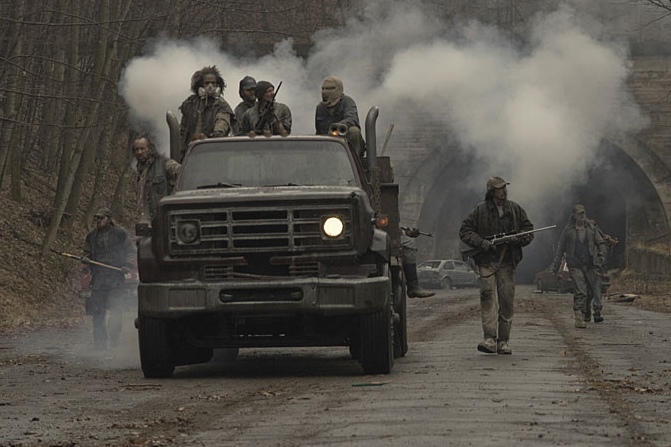
Posted on 02/02/2010 7:06:54 PM PST by Steve Van Doorn
Since January 17, 2010 Yellowstone has had the second largest swarm ever recorded. The swarms have been steady at about 10 miles in depth and they have subsided a few days ago.
In the past two days the depth has raised up to around 7 miles and in the past couple hours quakes vastly increased.
http://www.quake.utah.edu/helicorder/ymr_webi.htm
http://www.seis.utah.edu/req2webdir/recenteqs/Maps/111-44.html
Remember this doesn’t mean we will see an eruption and it most likely means a normal volcano. It is very unlikely we will see a caldera eruption.
But these changes are significant and cannot be over looked
Some history:
Since the most recent giant caldera-forming eruption, 640,000 years ago, approximately 80 relatively nonexplosive eruptions have occurred. Of these eruptions, at least 27 were rhyolite lava flows in the caldera, 13 were rhyolite lava flows outside the caldera and 40 were basalt vents outside the caldera. Some of the eruptions were approximately the size of the devastating 1991 Pinatubo eruption in the Philippines, and several were much larger. The most recent volcanic eruption at Yellowstone, a lava flow on the Pitchstone Plateau, occurred 70,000 years ago.
http://dsc.discovery.com/convergence/supervolcano/supervolcano.html
Some background info i found for lay people like us.
However, the effects on live stock and crops would cause starvation...and the ash could remain in the atmosphere for up to 6 years. We could be talking about snowstorms in August in Georgia.
placemarker
Here is a link for the webicorder from Mt.Redoubt.
Almost all on the graph are harmonic tremors.
What month?
They look like the melody, just modulated up a fourth or a fifth, but that's not important now...
Thank you :)
Scouts Ou! Cavalry Ho!
A group of bees flying, but that's not important now...(I should not have watched airplane tonight)
YIKES!
Thanks for posting!
Thanks for the reply but you forgot the link. Can you either post it or FM me?
where’s ALGORE when you need him?
if we just pass cap and trade, and cooperate in Copenhagen, will it all stop? ;)

Dear Yellowstone:
Behave yourself!
Sincerity,
Yield 2 the Right.
Volcanoes that are located in the interior of continents, such as Yellowstone, are especially dangerous because of the thick granitic magma involved. The thicker magma acts like a plug and traps explosive gases. Hawaii-like volcanoes, on the other hand, generally consists of highly fluid magma which gently flows out of the volcano. Volcanoes like Mt. St Helen are somewhere in between because they are on or near the boarder of a continent and ocean (basaltic magma/lava vs granitic magma/lava). Continents are basically granitic, Oceans basaltic, in composition.
NOt to nit pick or nothin, but....lol
The depth on average today has been less that 5 miles...lol!
Remember this doesn't mean we will see an eruption and it most likely means a normal volcano. It is very unlikely we will see a caldera eruption. But these changes are significant and cannot be overlooked... Since the most recent giant caldera-forming eruption, 640,000 years ago, approximately 80 relatively nonexplosive eruptions have occurred.
 |
||
| · join · view topics · view or post blog · bookmark · post new topic · subscribe · | ||
Disclaimer: Opinions posted on Free Republic are those of the individual posters and do not necessarily represent the opinion of Free Republic or its management. All materials posted herein are protected by copyright law and the exemption for fair use of copyrighted works.